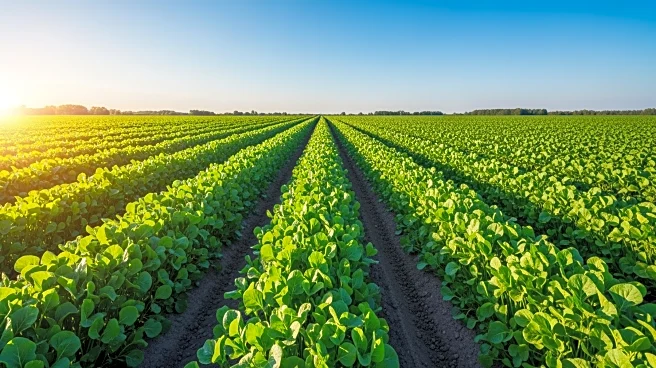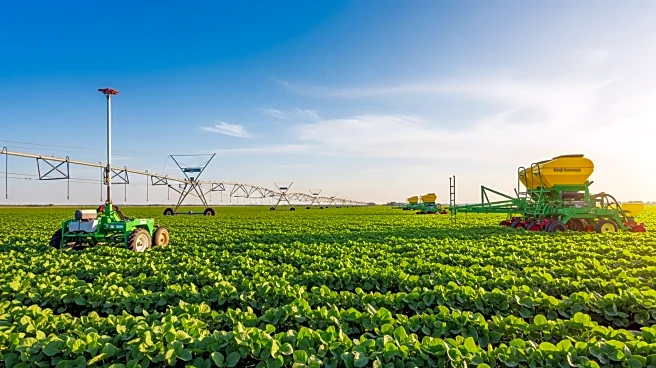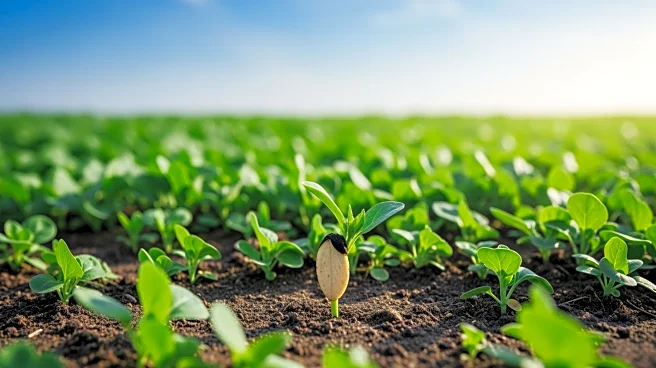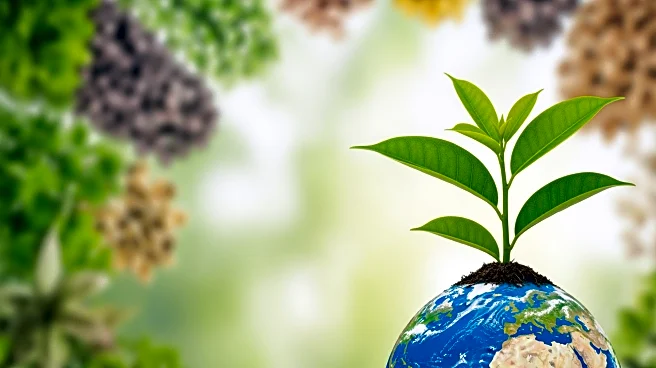What's Happening?
Regenerative agriculture is gaining traction across Europe as a solution to feed a growing global population expected to reach 10 billion by 2050. This farming approach focuses on improving soil health,
biodiversity, and water resources while increasing value for farmers. The movement is driven by consumer demand for sustainably sourced food and supply chain challenges. Strong partnerships across the agricultural value chain are essential to connect farmers with the resources needed to adopt and sustain regenerative practices.
Why It's Important?
The rise of regenerative agriculture represents a significant shift towards sustainable food production, crucial for meeting future food demands. By improving soil health and biodiversity, this approach can enhance food security and resilience against climate change. The emphasis on partnerships highlights the collaborative effort required to transform agricultural practices, potentially leading to more sustainable and economically viable farming systems. This movement could influence global agricultural policies, encouraging other regions to adopt similar practices.
What's Next?
As regenerative agriculture continues to expand, stakeholders will need to focus on building strong partnerships to support farmers. This includes providing financial incentives, technical expertise, and market access. The success of these initiatives could lead to widespread adoption of regenerative practices, transforming the agricultural landscape in Europe and beyond.
Beyond the Headlines
The adoption of regenerative agriculture could lead to cultural shifts in farming communities, emphasizing collaboration and sustainability. It may also prompt discussions about the ethical responsibility of consumers and companies to support sustainable practices, influencing purchasing decisions and corporate strategies.











